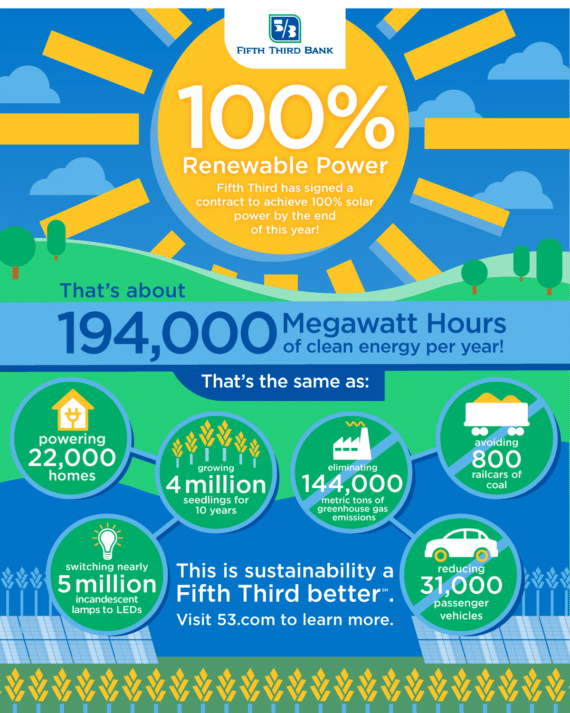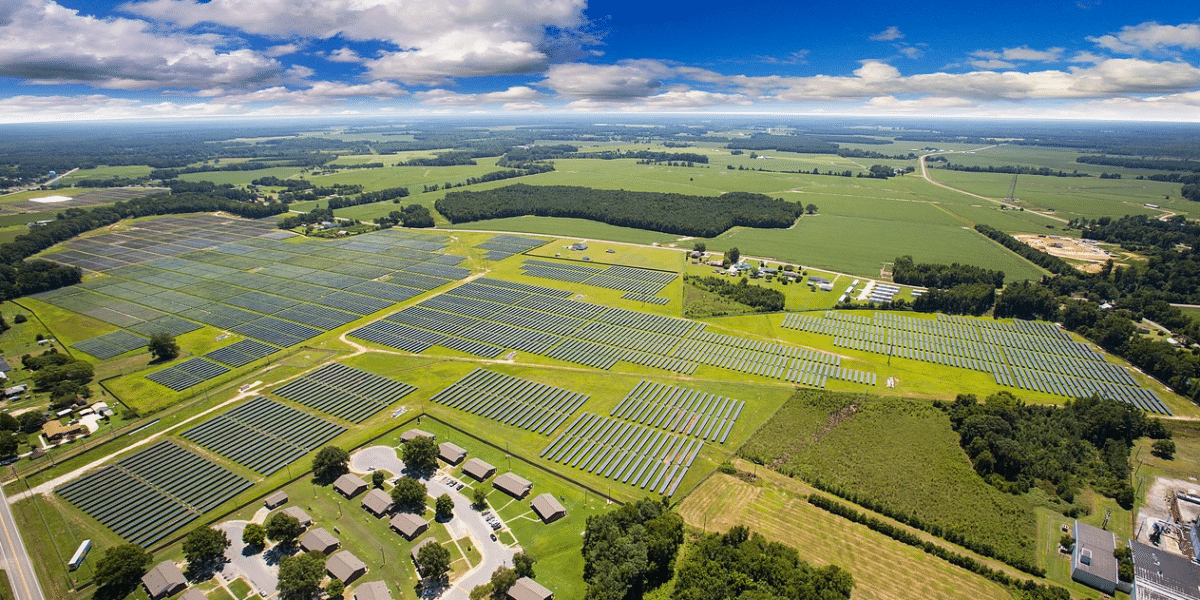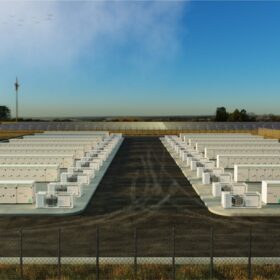Despite the Section 201 tariffs and tax reform taxing a bite out of tax equity finance, corporate power purchase agreements (PPA) with solar projects are still getting signed.
Yesterday Fifth Third Bank announced that it has signed a deal for an 80 MW solar power plant to be built in North Carolina, which will offset 100% of the bank’s annual electricity usage. Fifth Third Bank also announced that it joined The Climate Group and Carbon Disclosure Project’s RE100 initiative and the Business Renewables Center.
 The deal represents two firsts for a Fortune 500 company. Fifth Third Bank is the first to completely offset their electricity usage using 100% solar power, as well as the first to cover 100% of their electricity with a single project.
The deal represents two firsts for a Fortune 500 company. Fifth Third Bank is the first to completely offset their electricity usage using 100% solar power, as well as the first to cover 100% of their electricity with a single project.
The project’s marketing information suggests the 80 MW-AC project will produce 194 gigawatt hours per year – which would represent a 27% capacity factor.
This project is a ground-mounted solar photovoltaic system consisting of approximately 367,213 solar PV modules mounted on single-axis tracking and will utilize fifty-four 1.56 MW inverters dialed down to 1.482 MW each. Single-axis trackers have dominated utility scale installations in the United States, with projects in the southwest breaking 30% capacity factors.
SunEnergy1 is the developer, owner and builder of the project. It is suggested the project will cost $200 million, or $2.50 per watt. As utility scale installations in North Carolina are usually built at costs close to $1/W, this $200 million price includes plenty of profit for developers.
Facebook has also signed a PPA for its new Newtown Data Center located about 40 miles east of downtown Atlanta. The PPA will allow the facility to source 100% of its power from renewable energy.
No terms of the deal were disclosed – only that the local municipality, Walton EMC, would install “hundreds of megawatts of renewable energy”.
Georgia Power, one of the state’s main electricity utilities, sells power to data centers at 3.5 cents per kilowatt-hour – a heavy discount from the 5.5 cents per kWh that they charged a year ago.
Morgan Stanley’s North American power and gas business funded this project.
This content is protected by copyright and may not be reused. If you want to cooperate with us and would like to reuse some of our content, please contact: editors@pv-magazine.com.








I had a question around the flow of power on these large commercial deals for you. I understand each will deal specific but in this case do you know where the power is flowing? Is Fifth Third selling the output to Duke on a long-term basis, or are they willing to take the SERC spot price. I cannot imagine they are wheeling the energy to their individual load control areas. Is SunEnergy1 or another entity is acting as the SC or power marketer, if so what is premium paid for the voluntary REC portion of the energy by Fifth Third, at the end of the day that is what they are really buying, or do they get that for financing the deal? Any in-site would be great to understanding the structure better.
A lot of these specifics I don’t know the answer to as they are very project specific…are few generalizations I can give some insight on though.
Fifth Third is not the owner of anything. They are pay SunEnergy1, or a partner of SunEnergy1, a $/kWh for electricity. If Fifth Third did it right – their corporate sustainability officer made the office folks at SunEnergy1 look over all the electricity bills and do all the paperwork.
In terms of long term deals, it seems like SunEnergy1 owns/operates – but I’m guessing they use a capital partner and own equivalent to some portion of their development profits. The partnership here is what has signed the agreement – probably a fixed price (maybe an escalator) – with Duke. I Morgan Stanley’s finance arm is willing to deal on a spot price, however, those folks deal in volumes and markets and connections that are a few dimensions above my experience.
If SunEnergy is a developer acting as marketer…they’re talking 10-20¢/W (a guess). And the financier is taking any RECs. Fifth Third is simply guaranteeing one portion of the contract – buying the electricity via wheeling agreements.
Maybe there is some agreement among the groups to buy/retire the RECs in order to get it closed. There are a lot of unique agreements that can be developed in a creative contract with focused individuals.
I’ll be honest though – I’ve never participated in a deal of this size. Everything speculation above.